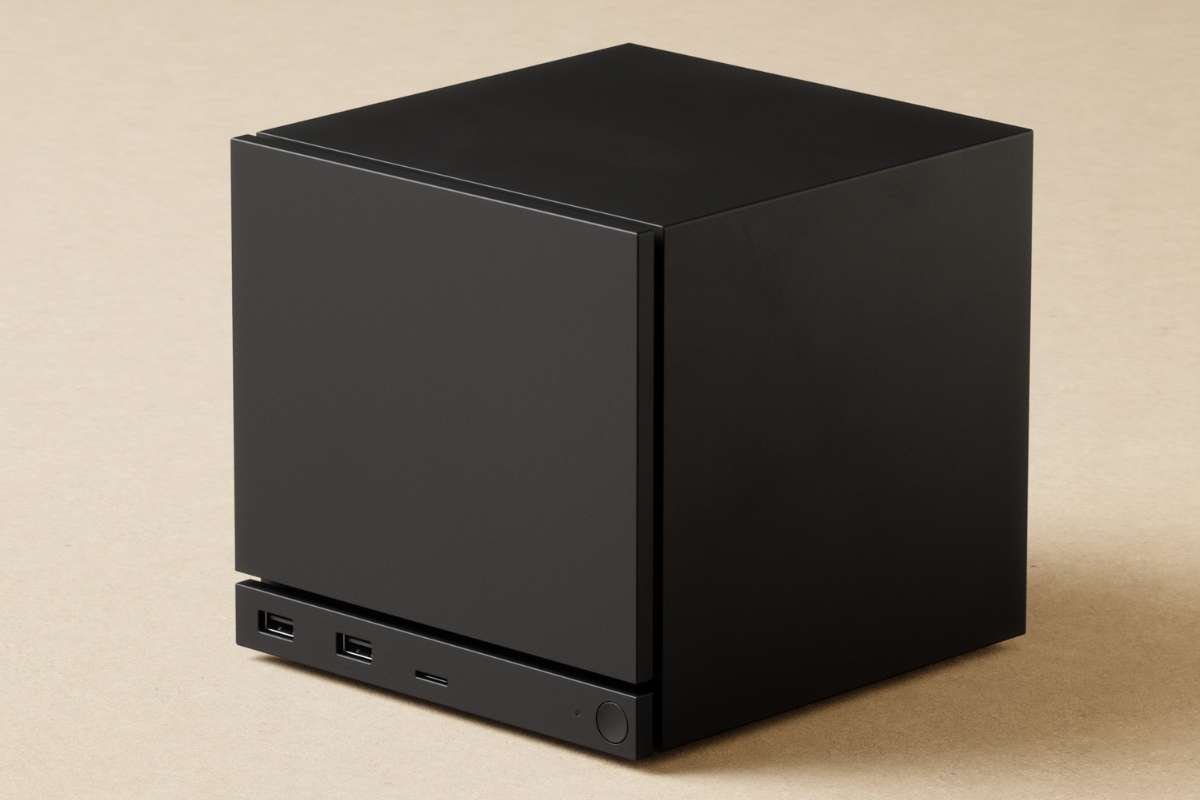Intel Corporation reported its Q2 2025 earnings on July 24, delivering a mixed set of results. While revenue reached $12.9 billion, slightly above Wall Street expectations and marking the first year-over-year growth in four quarters, the company fell short on profitability. Intel reported a non-GAAP loss of $0.10 per share, a sharp miss compared to the expected $0.01 profit. The GAAP loss was $0.67 per share, primarily due to $1.9 billion in restructuring and impairment charges.
Gross margins narrowed significantly to 29.7%, a decline largely attributed to asset write-downs and operational adjustments. Additionally, Intel posted a negative free cash flow of $1.1 billion, though its cash reserves remained strong at $21.2 billion. These figures underscore the company’s ongoing struggle to regain financial footing amid market shifts and internal transformation.
Cost-Cutting and Strategic Shifts Under New Leadership
Under the leadership of CEO Lip-Bu Tan, who took charge earlier this year, Intel is undergoing a significant transformation. The company has launched a sweeping restructuring plan, which includes laying off approximately 15% of its global workforce, cutting total headcount from 99,500 to 75,000. The move aims to streamline operations and cut long-term costs, with the bulk of the charges already recorded this quarter.
In addition to workforce reductions, Intel is scaling back its global expansion plans, notably delaying its $28 billion Ohio semiconductor project and pulling back investment commitments in Germany and Poland. The company is also relocating some of its assembly operations from Costa Rica to Vietnam and Malaysia, aiming to improve cost efficiency.
Intel’s Q2 future bets lie in AI and next-gen chip technologies. The company highlighted development progress in its upcoming Panther Lake processors and the 14A process node, designed to position Intel more competitively in both the data center and consumer markets. Spending will remain aggressive, with $18 billion in capex for 2025, but CEO Tan has emphasized tighter fiscal discipline going forward.
Market Response and Uncertain Outlook
Investors reacted with caution. Intel’s Q2 stock fell 3.7% during Thursday trading, followed by additional losses in after-hours trading. Despite the revenue beat, concerns over deep losses and ongoing restructuring spooked investors. The stock closed at $22.63, trailing competitors like Nvidia and AMD, which continue to capitalize on the AI boom.
Looking ahead, Intel guided Q3 revenue between $12.6 and $13.6 billion, which is slightly above expectations. However, adjusted EPS guidance of $0.00 was below forecasts, further dampening sentiment. Analysts have taken a wait-and-watch approach. Citi Research maintained a neutral rating, citing Intel as a possible bid rebound candidate but flagged execution risks tied to its restructuring and capital deployment.
Still, Intel’s Q2 reported small bright spots—4% growth in its data center/AI segment and 3% growth in its foundry services—suggesting early traction in areas critical to its turnaround strategy. However, with margin pressures, fierce competition, and a challenging macro environment, the company has its work cut out.
Intel’s Q2 2025 report paints a picture of a tech giant in transition—revenue is stabilizing, and strategic bets in AI are taking shape. But deep losses, sweeping layoffs, and paused mega-projects show that the turnaround is still in its early days. For now, the market remains cautious, waiting to see if Intel’s restructuring efforts under Lip-Bu Tan will pay off in a fast-evolving semiconductor landscape.


















